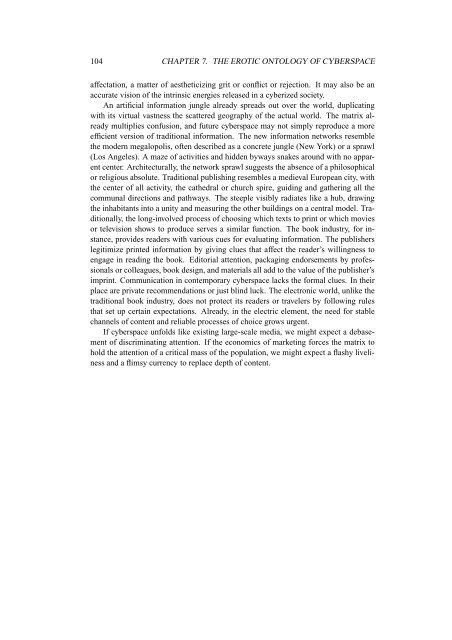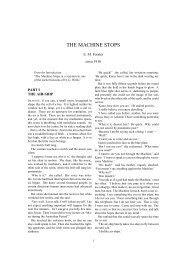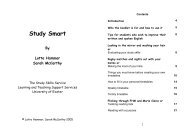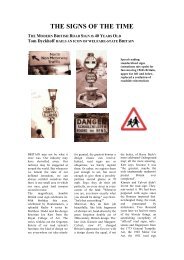PDF - The Metaphysics of Virtual Reality - University of Exeter
PDF - The Metaphysics of Virtual Reality - University of Exeter
PDF - The Metaphysics of Virtual Reality - University of Exeter
Create successful ePaper yourself
Turn your PDF publications into a flip-book with our unique Google optimized e-Paper software.
104 CHAPTER 7. THE EROTIC ONTOLOGY OF CYBERSPACE<br />
affectation, a matter <strong>of</strong> aestheticizing grit or conflict or rejection. It may also be an<br />
accurate vision <strong>of</strong> the intrinsic energies released in a cyberized society.<br />
An artificial information jungle already spreads out over the world, duplicating<br />
with its virtual vastness the scattered geography <strong>of</strong> the actual world. <strong>The</strong> matrix already<br />
multiplies confusion, and future cyberspace may not simply reproduce a more<br />
efficient version <strong>of</strong> traditional information. <strong>The</strong> new information networks resemble<br />
the modern megalopolis, <strong>of</strong>ten described as a concrete jungle (New York) or a sprawl<br />
(Los Angeles). A maze <strong>of</strong> activities and hidden byways snakes around with no apparent<br />
center. Architecturally, the network sprawl suggests the absence <strong>of</strong> a philosophical<br />
or religious absolute. Traditional publishing resembles a medieval European city, with<br />
the center <strong>of</strong> all activity, the cathedral or church spire, guiding and gathering all the<br />
communal directions and pathways. <strong>The</strong> steeple visibly radiates like a hub, drawing<br />
the inhabitants into a unity and measuring the other buildings on a central model. Traditionally,<br />
the long-involved process <strong>of</strong> choosing which texts to print or which movies<br />
or television shows to produce serves a similar function. <strong>The</strong> book industry, for instance,<br />
provides readers with various cues for evaluating information. <strong>The</strong> publishers<br />
legitimize printed information by giving clues that affect the reader’s willingness to<br />
engage in reading the book. Editorial attention, packaging endorsements by pr<strong>of</strong>essionals<br />
or colleagues, book design, and materials all add to the value <strong>of</strong> the publisher’s<br />
imprint. Communication in contemporary cyberspace lacks the formal clues. In their<br />
place are private recommendations or just blind luck. <strong>The</strong> electronic world, unlike the<br />
traditional book industry, does not protect its readers or travelers by following rules<br />
that set up certain expectations. Already, in the electric element, the need for stable<br />
channels <strong>of</strong> content and reliable processes <strong>of</strong> choice grows urgent.<br />
If cyberspace unfolds like existing large-scale media, we might expect a debasement<br />
<strong>of</strong> discriminating attention. If the economics <strong>of</strong> marketing forces the matrix to<br />
hold the attention <strong>of</strong> a critical mass <strong>of</strong> the population, we might expect a flashy liveliness<br />
and a flimsy currency to replace depth <strong>of</strong> content.
















